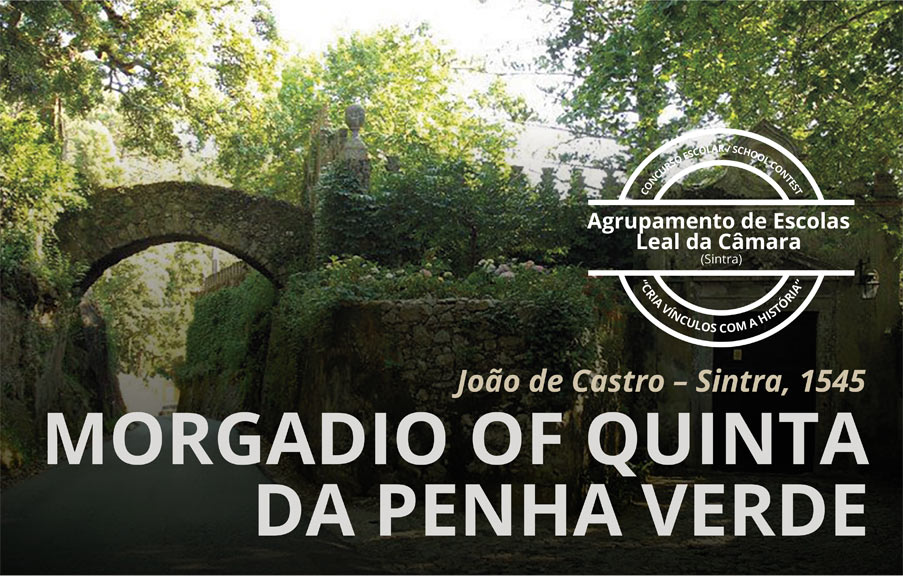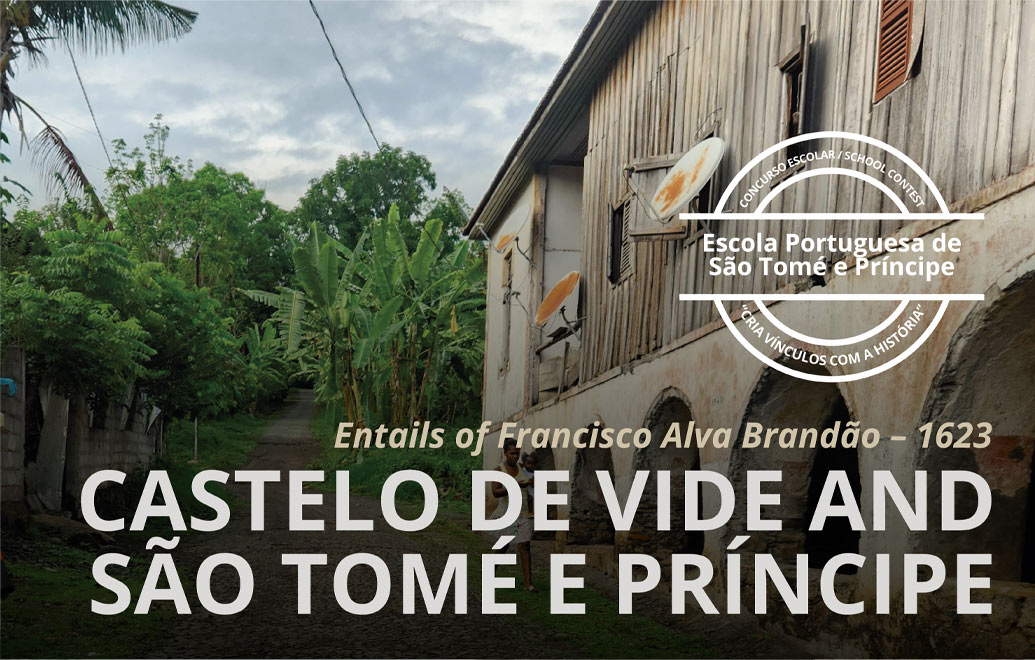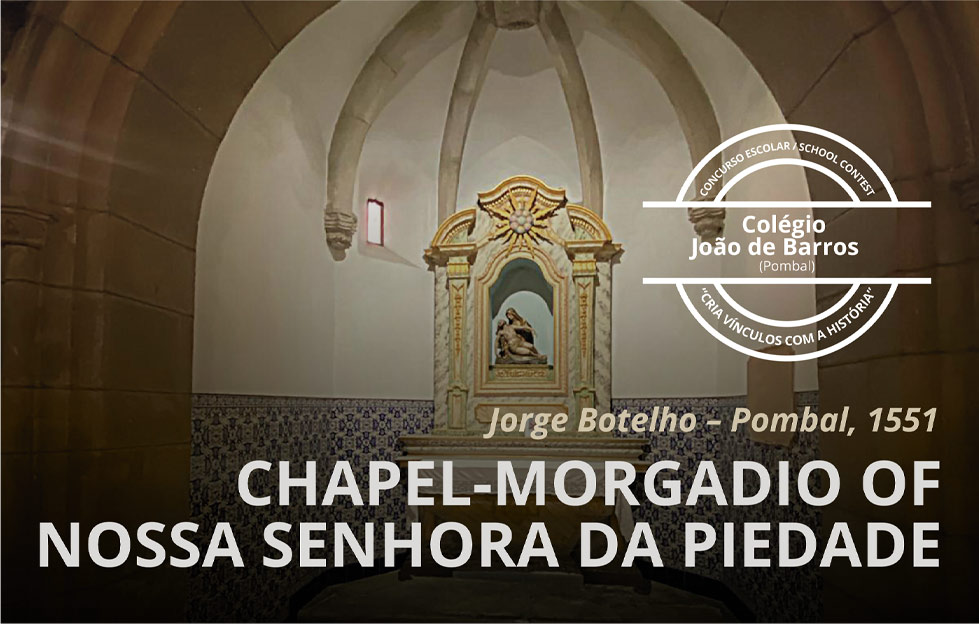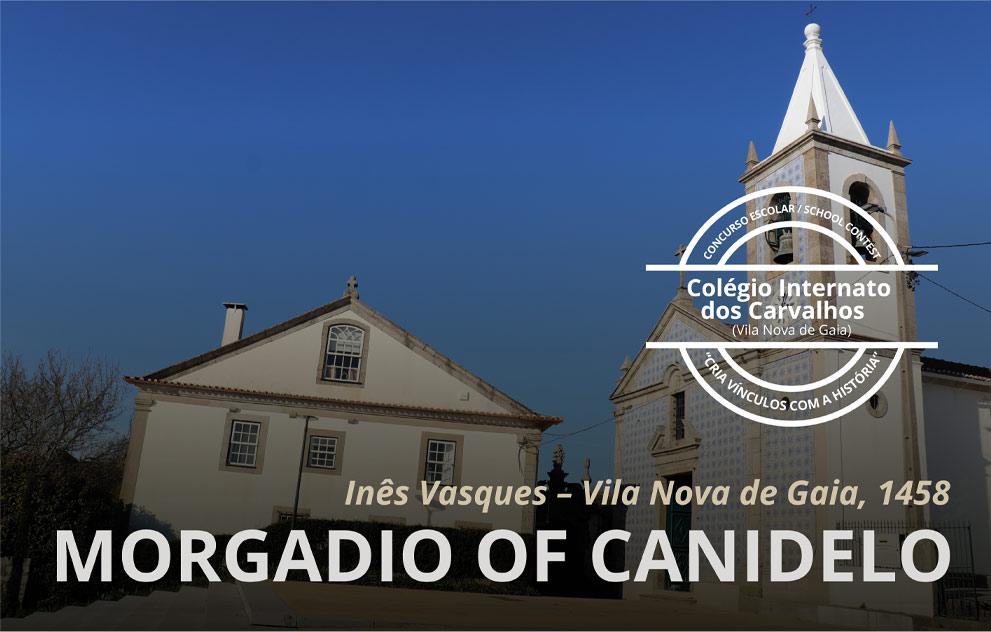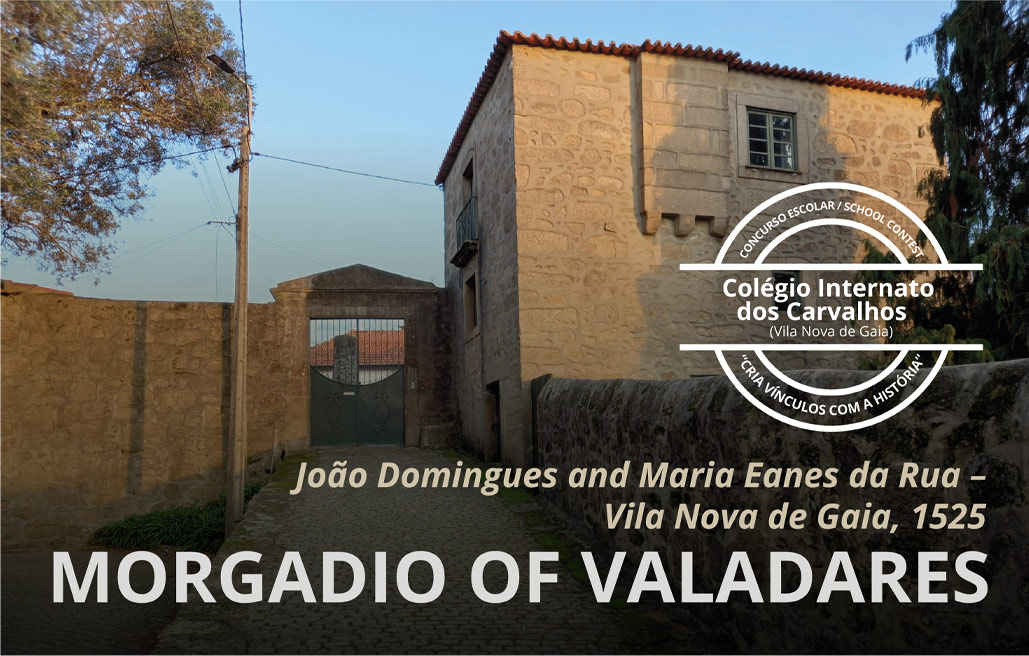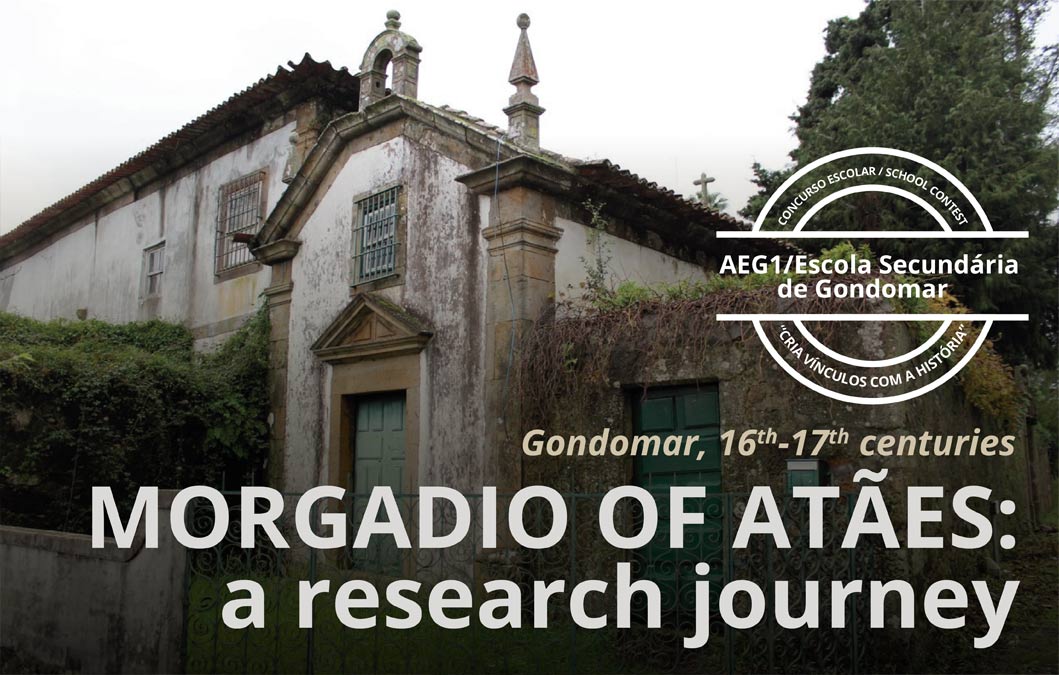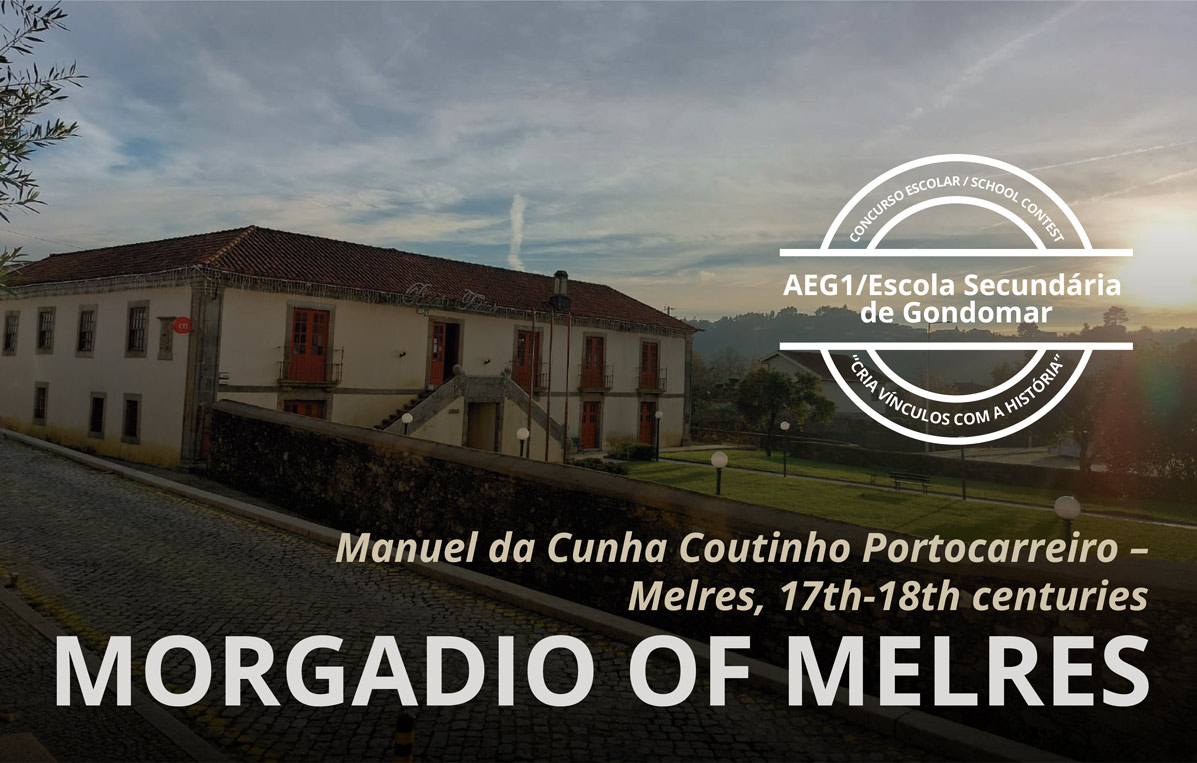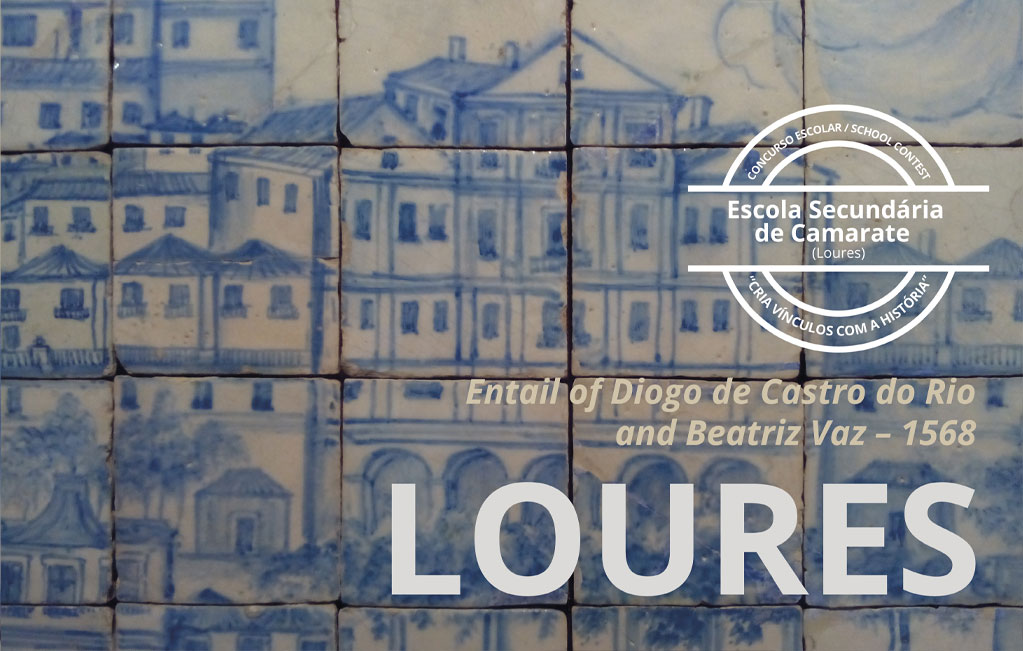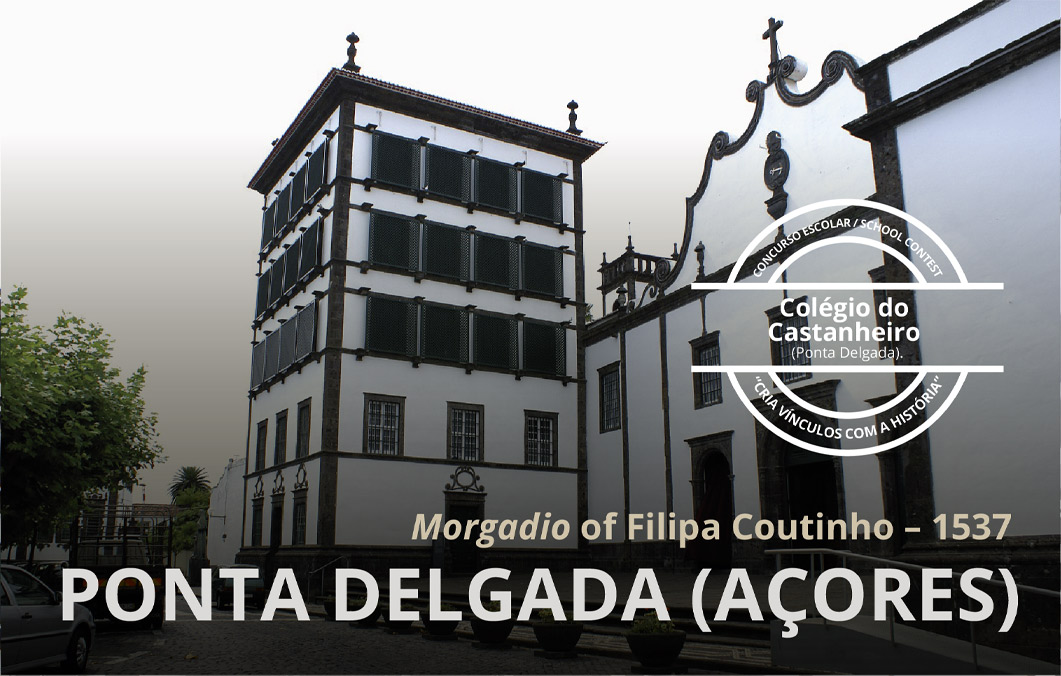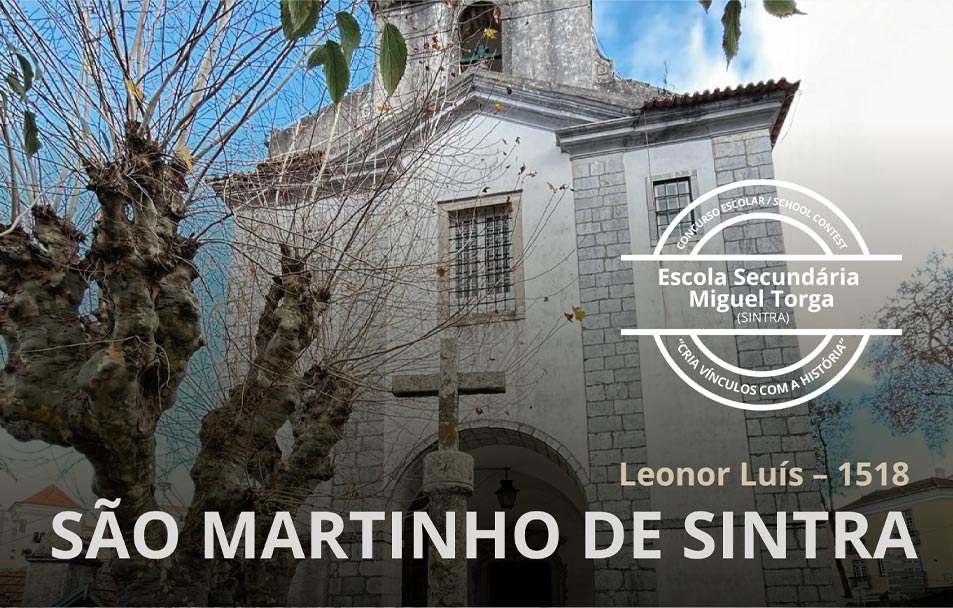Entail of the month (June, 2024)
Morgadio of Atães: a research journey
16th-17th centuries
During the Ancien Régime, the family acted as a fundamental entity for cohesion and definition of the destinies of its members. Within elite families, the father not only decided the future of his children, but also passed to those to come his name, the memory of his ancestors, and the material heritage accumulated over generations. In this context, the foundation of entails (morgadios and chapels) became essential to guarantee all these forms of transmission and to enable the social ascension of various families.
[Fig. 1] Chapel of Our Lady of Sorrows (Nossa Senhora das Dores), Quinta de Atães.
The case we are analysing, that of the morgadio of Atães, administered by the Homem Carneiro family, poses several problems, since the document instituting the entail has not been found. In the absence of this document, we analysed other documentary sources, such as a will, a licence to build a chapel at Quinta de Atães and a donation instrument between two family members. We also analysed other secondary sources and accounts from inhabitants of the village of Atães, in the parish of Jovim, in the municipality of Gondomar. We will explore them below.
The members of the Homem Carneiro family stood out as members of the elite of the city of Porto, occupying positions of governance in the city council, performing important military and religious functions, developing a wide clientele among the local community and establishing alliances with other families through favourable marriages. Among the most important figures in this family we find Nuno Homem, vassal of king Dinis; Gonçalo Anes Homem, alcalde-mor of Viseu, appointed by king Fernando; Henrique Homem Carneiro, owner of the Atães estate, who stood out as a military man and held important positions, such as procurator of Porto at the Cortes in 1562 and chief health guard of that city in 1566; or Pedro Homem Carneiro, a member of the Order of Christ since 1585 and captain of a Company of the Guards in the city of Porto in 1597 (CAMPO BELO, 1955: 92-100).
[Fig. 2] House and chapel at Quinta de Atães.
Diogo Homem Carneiro was undoubtedly one of the most important members of this family, having served as a councillor on the Porto City Council and holding the rank of fidalgo of the King’s Household. He also amassed vast assets through the succession of rentals and the acquisition of property. In the will he drew up with his wife, D. Ana de Calvos, in 1622, he founded a morgadio with the “quinta de Mozelos, located in the parish of São Martinho de Mozelos in Feira” and with “the casal (small village) of Vila Verde, in the parish of Lourosa” (CAMPO BELO, 1955: 193). The entail passed to Henrique Homem Carneiro, his son, and he and his descendants were constrained to have fourteen masses said for their souls every year at the monastery of São Francisco do Porto. This chapel later became known as the “chapel of the morgado of Atães”, as indicated in the entry referring to it in one of the tombs of chapels of the convent of São Francisco do Porto, made in the 19th century (ADP, Convento de São Francisco, Tomo quarto dos títulos de capelas e legados, K/20/6 – 96, fl. 412).
[Fig. 3] Main gate of Quinta de Atães.
As for Quinta de Atães, few references have been found regarding the possibility of it belonging to a morgadio. Through a licence requested by Francisco Pereira de Vasconcelos in 1708 for the construction of a new chapel on that property, we learn that there was already another chapel there with the invocation of Nossa Senhora das Neves, erected during the bishopric of D. Rodrigo da Cunha in the 17th century (CAMPO BELO, 1956: 119-120). Another Francisco Pereira de Vasconcelos, grandson of the first, refers to himself as “lord of his house of Atães, morgados and prazos, and more properties attached to it” in an instrument of donation, appointment and obligation, dated 1754, by which he left all his property to his brother, Diogo Homem Carneiro Leite, because he was about to join the Order of Malta (CAMPO BELO, 1956: 145-150).
However, other scholars believe that the lands of Atães that belonged to the Homem Carneiro de Vasconcelos were not incorporated into a morgadio administered by the family. In the 19th century, Pinho Leal pointed out that the morgadio of Atães was nothing more than a set of perpetual rentals, passed down from generation to generation (LEAL, 1875: 531-532).
[Fig. 4] Coat of arms on the main gate of Quinta de Atães.
What is certain is that Quinta de Atães continues to be a place of great historical importance to the local community. For example, the grandparents of some of the students in the class remember the farm as a place for agricultural production and its chapel, which was always open for public religious ceremonies, such as weddings and novenas. This building has also been notable as the starting station for the Way of the Cross, part of the local festivities in honour of Nossa Senhora das Neves (Our Lady of the Snows) (Jacinta Neves’ account, collected on 10/12/2023).
This “Entail of the Month” was produced in the context of the “Cria Vínculos com a História” competition.
School: AEG1/Escola Secundária de Gondomar.
Class: 11.º 9.
Teacher: Maria Inês Ferreira de Oliveira.
Students: Afonso França, Ana Raquel Santos, Anita Ferreira, Ariana Castro, Bruna Sousa, Carlos Campos, Diana Moura, Filipa Silva, Inês Paz, Lara Breyd, Lara Pinto, Luana Teixeira, Lucas Rocha, Nuno Pereira, Vladyslav Vinsky.
Coordination: Maria de Lurdes Rosa, Fábio Duarte, Leonor Dias Garcia.
Sources and bibliography
Arquivo Distrital do Porto, Convento de São Francisco, Tomo quarto dos títulos de capelas e legados, K/20/6 – 96. [16/02/2024] Available at https://pesquisa.adporto.arquivos.pt/details?id=779656.
CAMPO BELO, 4.º Conde de – Homens de Atães. Boletim Cultural da Câmara Municipal do Porto. Porto: Câmara Municipal do Porto. Vol. XVI, n.º 1-2 (1953), pp. 90-123.
CAMPO BELO, 4.º Conde de – Homens de Atães. Boletim Cultural da Câmara Municipal do Porto. Porto: Câmara Municipal do Porto. Vol. XVIII, n.º 1-2 (1955), pp. 191-196.
CAMPO BELO, 4.º Conde de – Homens de Atães. Boletim Cultural da Câmara Municipal do Porto. Porto: Câmara Municipal do Porto. Vol. XIX, n.º 1-2 (1956), pp. 119-120; pp. 145-150.
LEAL, Augusto Soares de Azevedo Barbosa de Pinho – Portugal Antigo e Moderno. Diccionario Geographico, Estatistico, Chorographico, Heraldico…, Volume 7, Lisboa: Livraria Editora de Mattos Moreira & Companhia, 1875, pp. 531-532.
OLIVEIRA, Camilo de – O concelho de Gondomar. Apontamentos monográficos. Vol. I. Porto: Imprensa Moderna, 1932, pp. 359-364.
Other entails of the month



